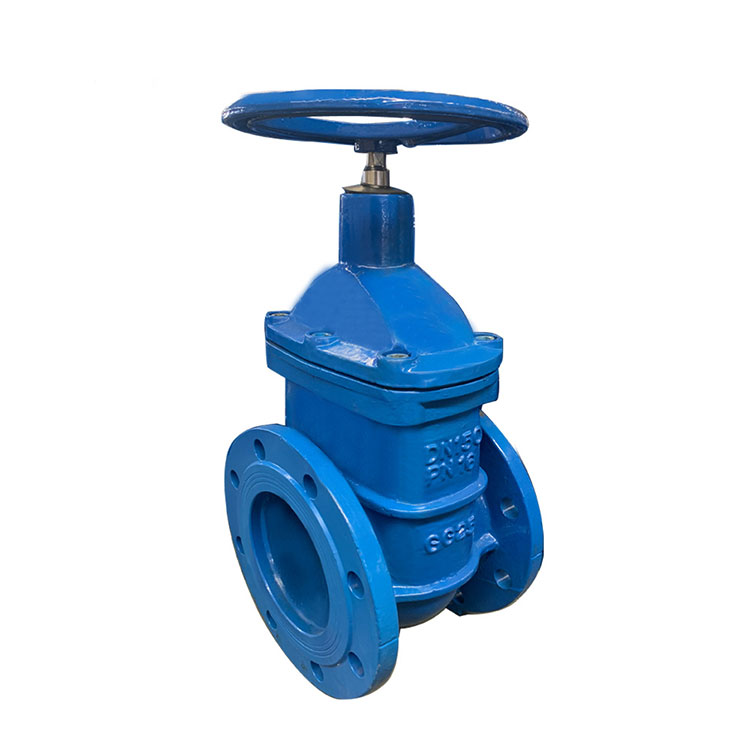Features and considerations for a flange metal seat gate valve
2024-01-23
A flange metal seat gate valve is a type of industrial valve designed for applications where a tight seal is required, and it is equipped with flanges for easy installation in a piping system. The metal seat in the valve provides durability and resistance to wear, making it suitable for various industrial applications. Here are key features and considerations for a flange metal seat gate valve:
1. Design: The valve has a gate or wedge that moves perpendicular to the flow direction within the valve body. The gate is designed to provide a tight seal against the metal seat, controlling the flow of fluids.
2. Metal Seat: The metal seat of the gate valve is typically made from materials such as stainless steel or other alloys. The metal seat enhances durability, wear resistance, and the ability to handle high-temperature applications.
3. Flange Connection: Flange connections are integral to the design, allowing the valve to be easily installed and connected to the piping system using bolts and nuts. The flanges are typically designed in accordance with industry standards, such as ANSI, DIN, or other relevant specifications.
4. Bolted Bonnet: The valve may have a bolted bonnet construction, which allows for easy access to internal components for maintenance or repairs.
5. Rising or Non-Rising Stem: Flange metal seat gate valves may have either a rising or non-rising stem. In a rising stem design, the stem moves up and down as the valve is operated, providing a visual indication of the valve position. In a non-rising stem design, the stem does not extend outside the valve body during operation.
6. Actuation Methods: These valves can be manually operated using a handwheel or lever, or they can be automated using pneumatic, electric, or hydraulic actuators. The choice of actuation method depends on the application and control requirements.
7. Applications: Flange metal seat gate valves are used in various industries, including oil and gas, petrochemical, chemical processing, water treatment, and other applications where a tight shut-off is essential.
8. Bi-Directional Sealing: The metal seat gate valve is designed to provide bidirectional sealing, effectively sealing against the flow of fluids in both the upstream and downstream directions.
9. Throttling vs. On-Off: Gate valves, including those with metal seats, are primarily designed for on-off service. While they can be used for throttling applications, they are not recommended for precise flow modulation due to potential wear and erosion of the gate and seat.
10. Pressure Rating: The valve is designed to withstand specific pressure ratings, and the selection should be based on the requirements of the application and the operating conditions.
11. Material Compatibility: The materials used in the construction of the valve, including the gate, seat, and other components, should be compatible with the characteristics of the fluid being handled.
Flange metal seat gate valves are chosen for applications where a durable and reliable valve with a tight shut-off is required. Proper selection, installation, and maintenance are crucial to ensure the optimal performance and longevity of these valves in industrial processes.



